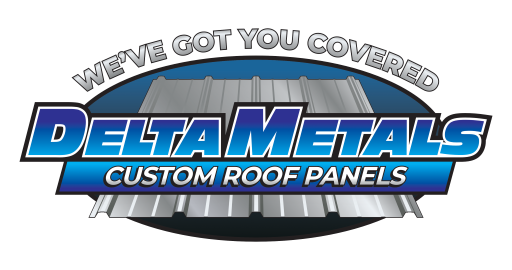9 Metal Myths
Debunking Some Misconceptions About Metal Roofing and Siding
Metal roofing is gaining popularity due to its durability, energy efficiency, and modern aesthetics. However, several misconceptions still prevent some from considering it. This article dispels common myths to help decision-makers make informed choices.
Myth 1: Metal Roofs Are Noisy
Contrary to belief, metal roofs don’t amplify rain or hail noise. Insulation and underlayment significantly dampen sound, often making metal roofs quieter than traditional shingles.
Myth 2: Metal Roofs Attract Lightning
While metal conducts electricity, it does not attract lightning. In fact, metal roofs are non-combustible and dissipate electrical energy efficiently, reducing fire risk.
Myth 3: Metal Roofs Are Expensive
Though the upfront cost may be higher, metal roofs require minimal maintenance and last for decades—making them a cost-effective long-term investment.
Myth 4: Metal Roofs Rust
Modern metal roofing is engineered with protective coatings that prevent rust, ensuring durability even in harsh environments.
Myth 5: Metal Roofs Dent Easily
Unlike cars or thin sheet metal, roofing materials are designed to resist impacts from hail and falling debris, making them highly durable.
Myth 6: Metal Roofs Overheat in Summer
Metal roofs reflect heat rather than absorb it, keeping buildings cooler than asphalt shingles and reducing cooling costs.
Myth 7: Metal Roofs Leak at Fasteners
Proper installation includes neoprene washers that create watertight seals, preventing leaks.
Myth 8: Metal Roofs Look Too Industrial
Today’s metal roofs come in various colors and styles, from traditional to contemporary, enhancing curb appeal.
Myth 9: Shingles Are the Best Choice
While asphalt shingles are common, metal roofing offers superior longevity, energy savings, and environmental benefits. More owners are making the switch.
